What is it about old Tuscan doors that make them so appealing as a photographic subject? A quick look on any stock image site will confirm their status as one of the most photographed subjects.
Often these old Tuscan doors were made from the local wood and built prior to the industrial age and the rise of steam-powered engines. It wasn’t until the rise of the steam powered engine that allowed mass trade and importing of wood from other parts of the globe. Once the wood had been brought across the oceans to Tuscany, it then had to be transported throughout its mountainous terrain, which also demanded the rise of steam. Therefore, prior to steam, these old Tuscan doors had to be made from local wood by local carpenters and blacksmiths. This ensured each door was unique and reflected the characteristics of its area.
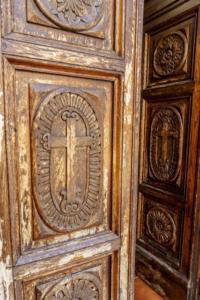 Many old Tuscan doors were crafted to last several generations and were constructed of solid hardwood with wrought iron hinges and furnishings. Now after the passage of many hundred seasons , these doors have a weather-beaten patina that has a unique charm. Originally constructed with masculine characteristics, the extremes of the Tuscan climate have softened their masculinity whilst preserving the original craftsmanship of both the carpenter and the blacksmith.
Many old Tuscan doors were crafted to last several generations and were constructed of solid hardwood with wrought iron hinges and furnishings. Now after the passage of many hundred seasons , these doors have a weather-beaten patina that has a unique charm. Originally constructed with masculine characteristics, the extremes of the Tuscan climate have softened their masculinity whilst preserving the original craftsmanship of both the carpenter and the blacksmith.
Photographing these old Tuscan doors can be rather challenging. How do you extract the course details whilst maintaining the softness of the door’s character? Is black and white preferable to colour?
I’m always drawn to the aesthetics of these old Tuscan doors whilst wandering around Tuscany, especially the hilltop villages of northern Tuscany and Garfagnana. Trying to get that one photograph that will perfectly capture the colour and patina of these old Tuscan doors is an endless challenge and probably a photographic addiction of mine. Mind you, I can think of worse addictions.
I try to photograph the doors in harsh midday sunlight. That may seem odd because photographers will always try to avoid the unforgiving light of the midday sun, but in this case, I actually think it helps. The harsh midday sun accentuates the textures by casting short, and hard shadows across the weathered wood and rusted iron. This can be emphasised further by converting the image to black and white. The absence of colour forces our eye to pick up more on the texture. However, this is not the only formula for photographing these old Tuscan doors.
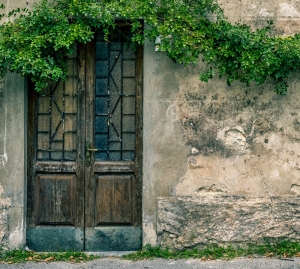 The soft light created by shade, even during the midday hours, will often produce soft colours to contrast with the hard texture of the weathered wood and wrought iron. Additionally, many of the houses in the hilltop Tuscan villages are decorated by exquisite displays of potted plants and pied floral arraignments, further contributing to the softening effect. An effect that would be lost by converting the image to black and white.
The soft light created by shade, even during the midday hours, will often produce soft colours to contrast with the hard texture of the weathered wood and wrought iron. Additionally, many of the houses in the hilltop Tuscan villages are decorated by exquisite displays of potted plants and pied floral arraignments, further contributing to the softening effect. An effect that would be lost by converting the image to black and white.
I love teaching students on our Tuscany Photography workshops to see these doors in a new way and coaching the techniques of photographing them. Which leads me back to the question of how should we best photograph these old Tuscan doors? Well, I’m not actually sure.
When I stop and look at one, I simply ask myself “What is it about this door that made me stop, when others didn’t?” and I try to capture that quality, or qualities. Is it the texture, the colour, the flower display, the location, the surroundings or is it the wrought iron bolts and hinges? Sometimes it can be all of these.
My final question is this –
is it just me that finds these old Tuscan doors a fascinating subject to photograph?
Please let me know.


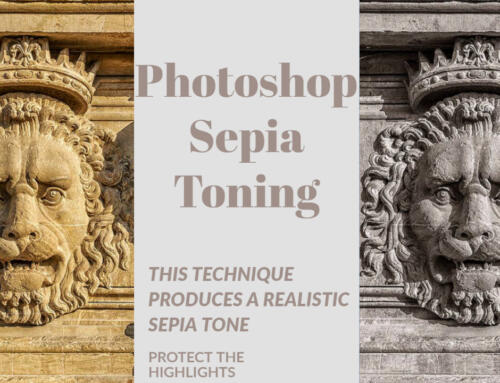

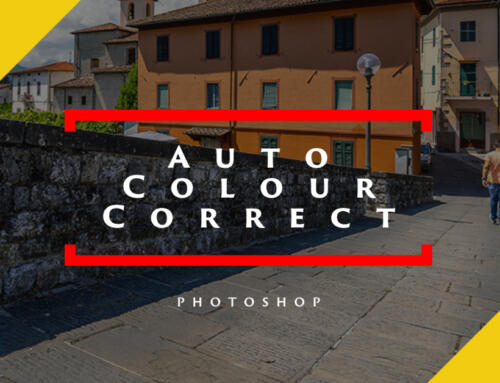
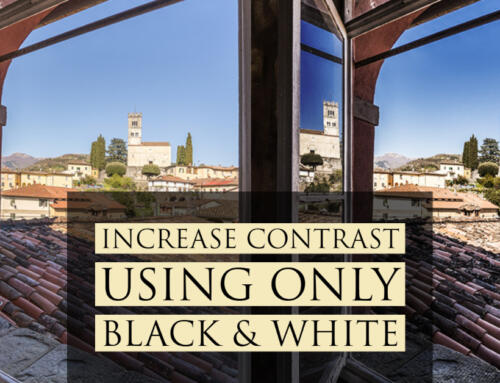
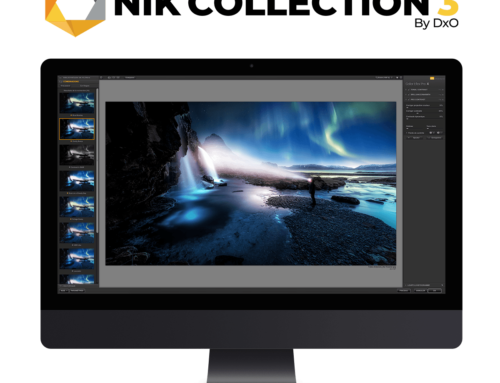

Leave A Comment